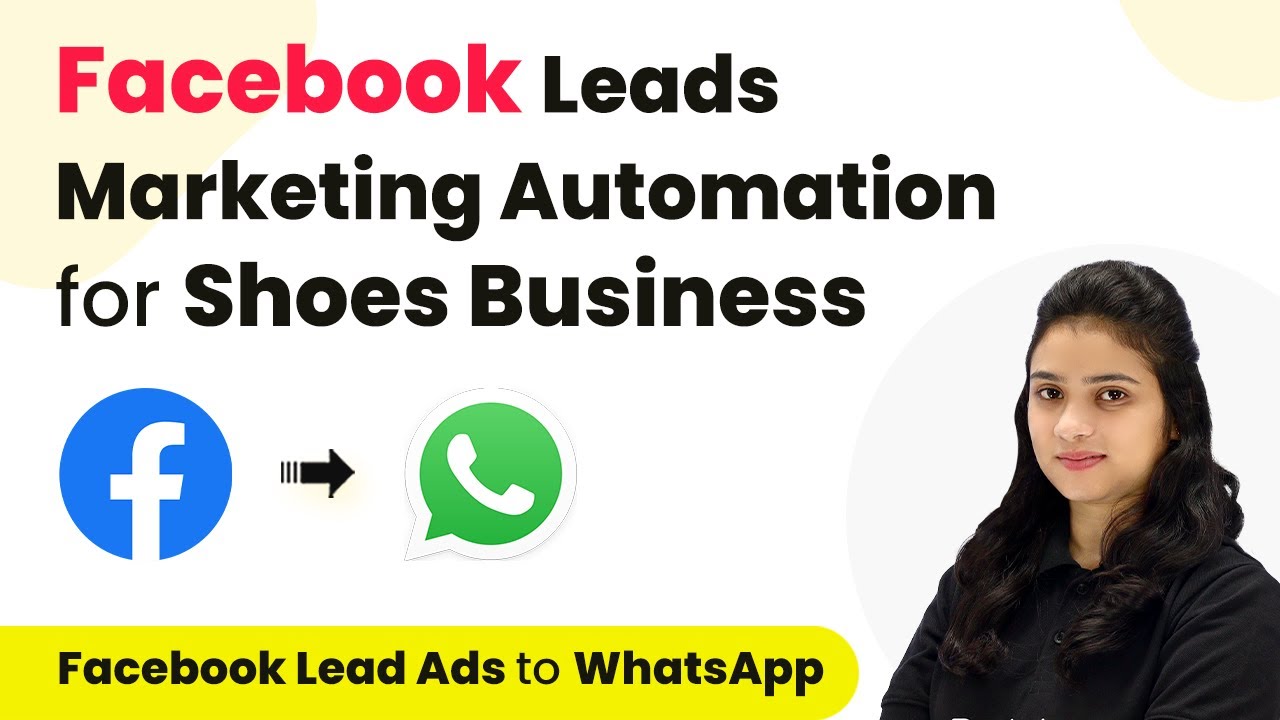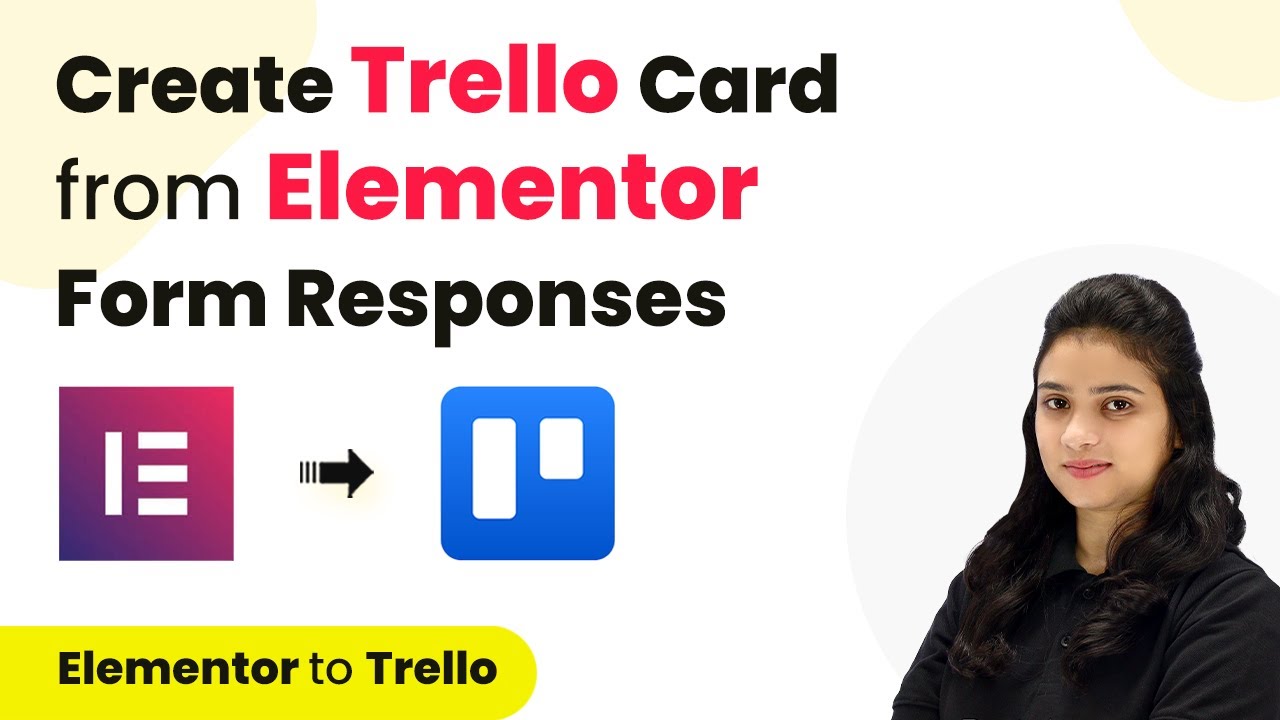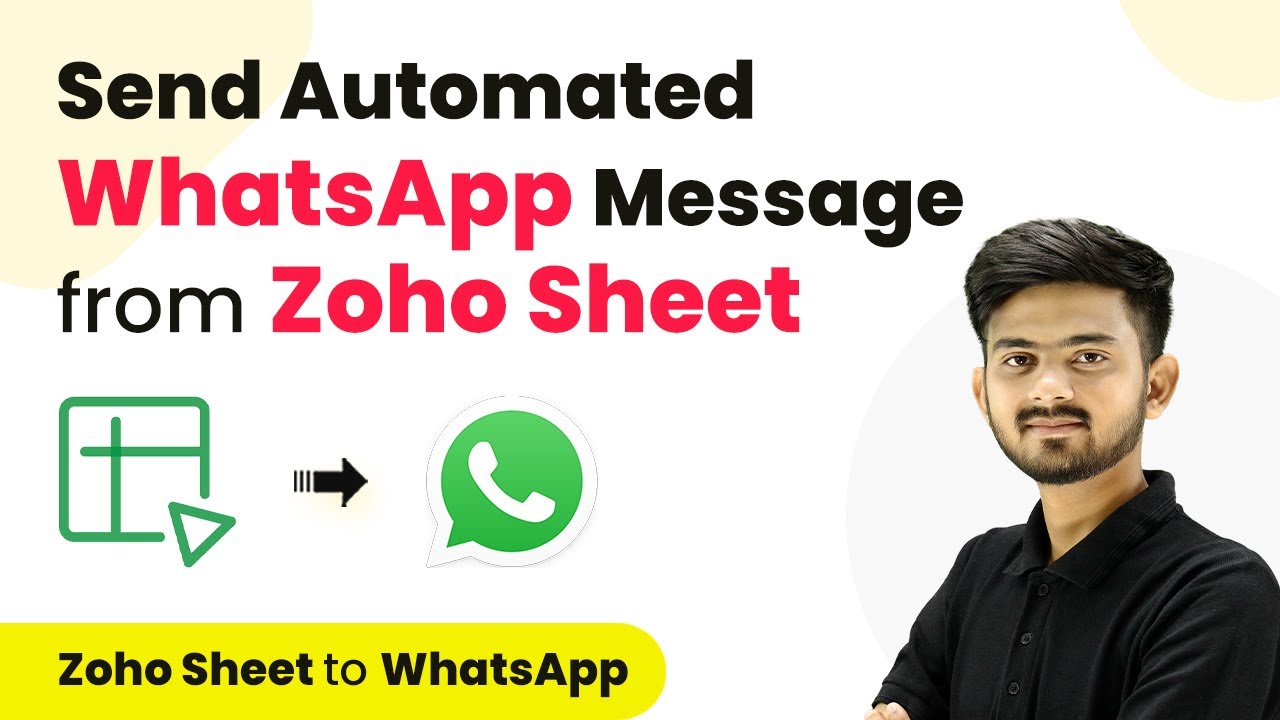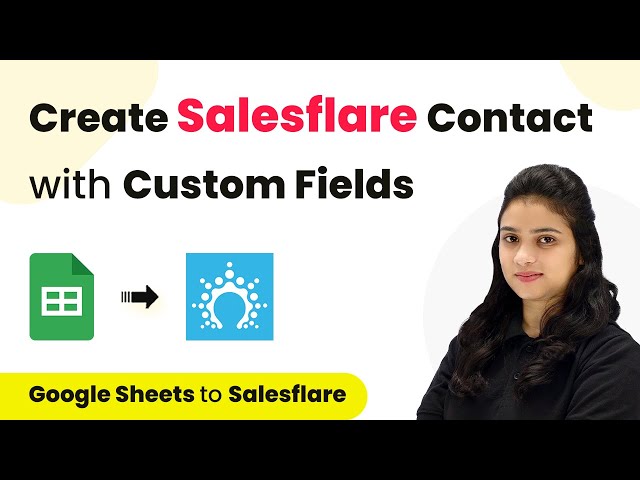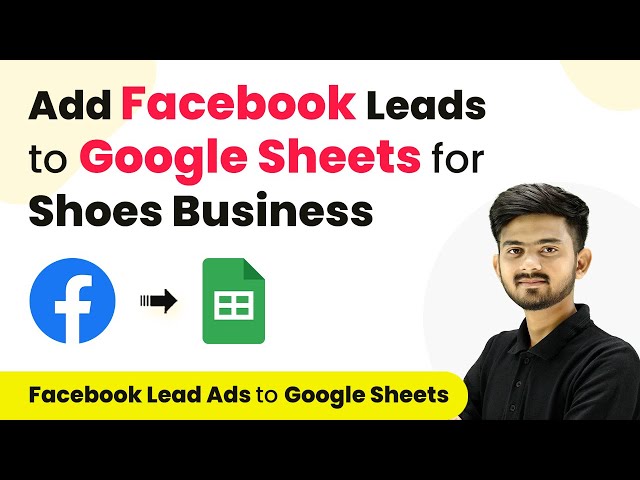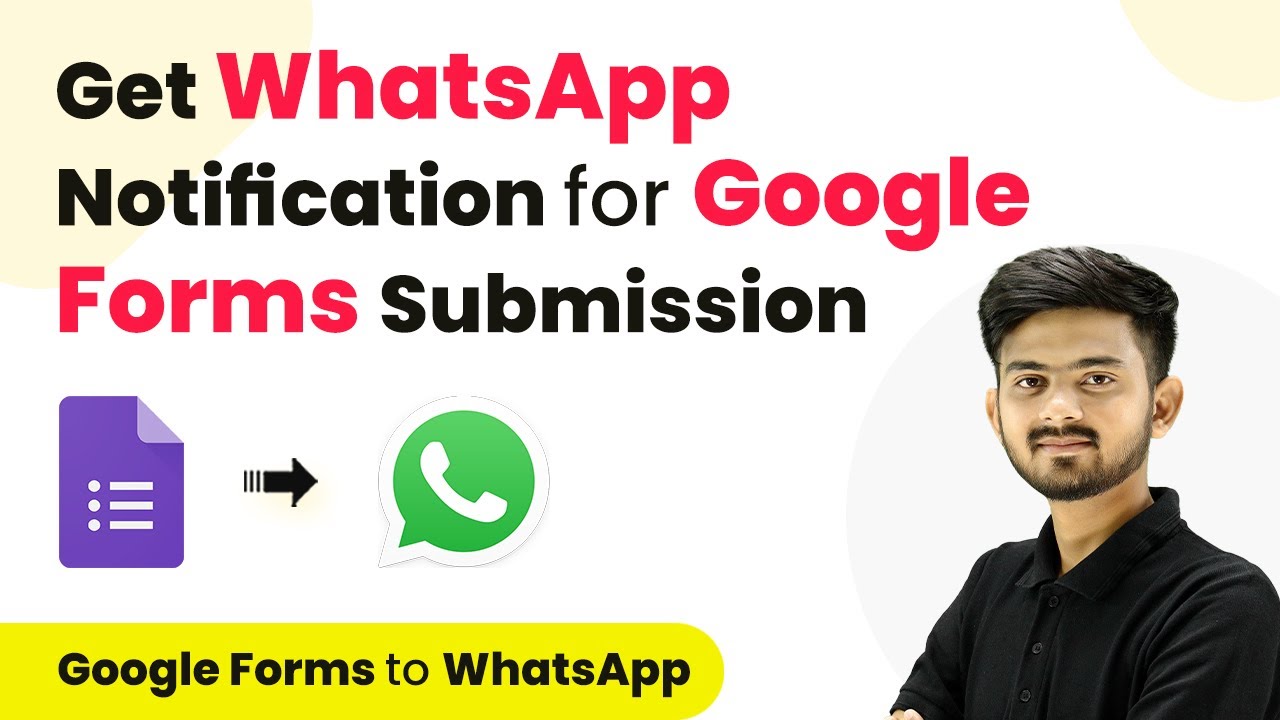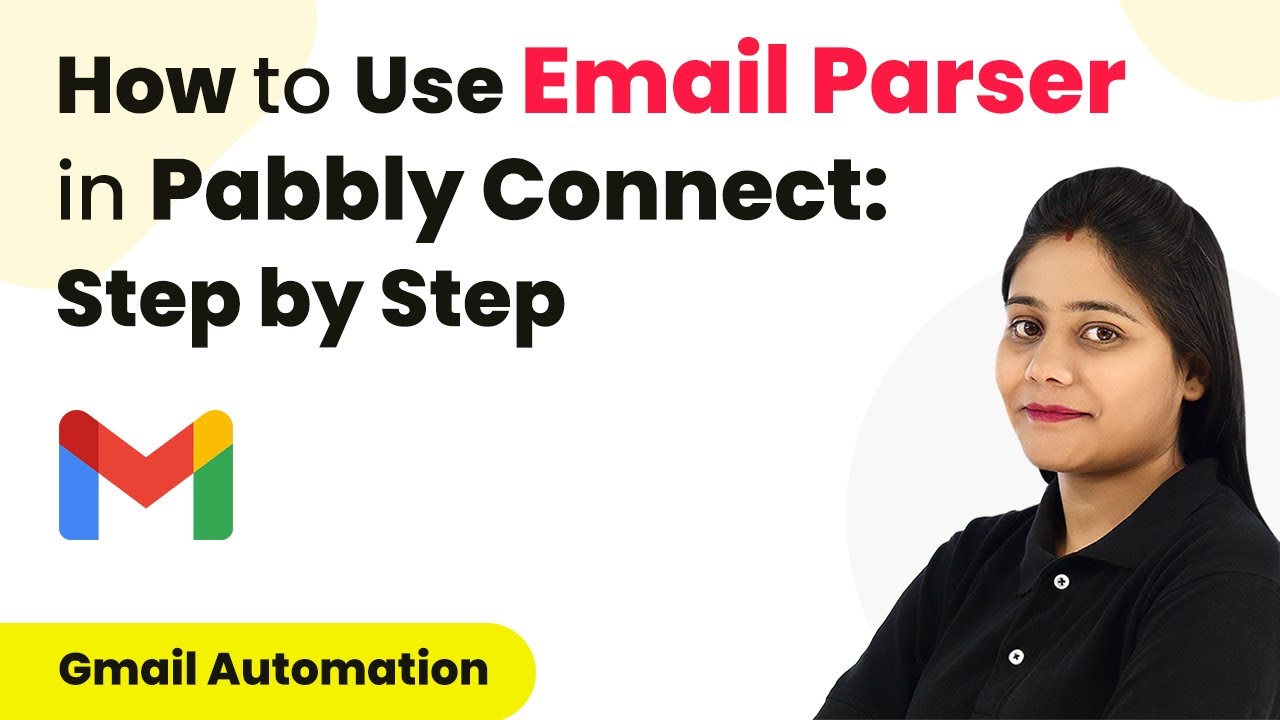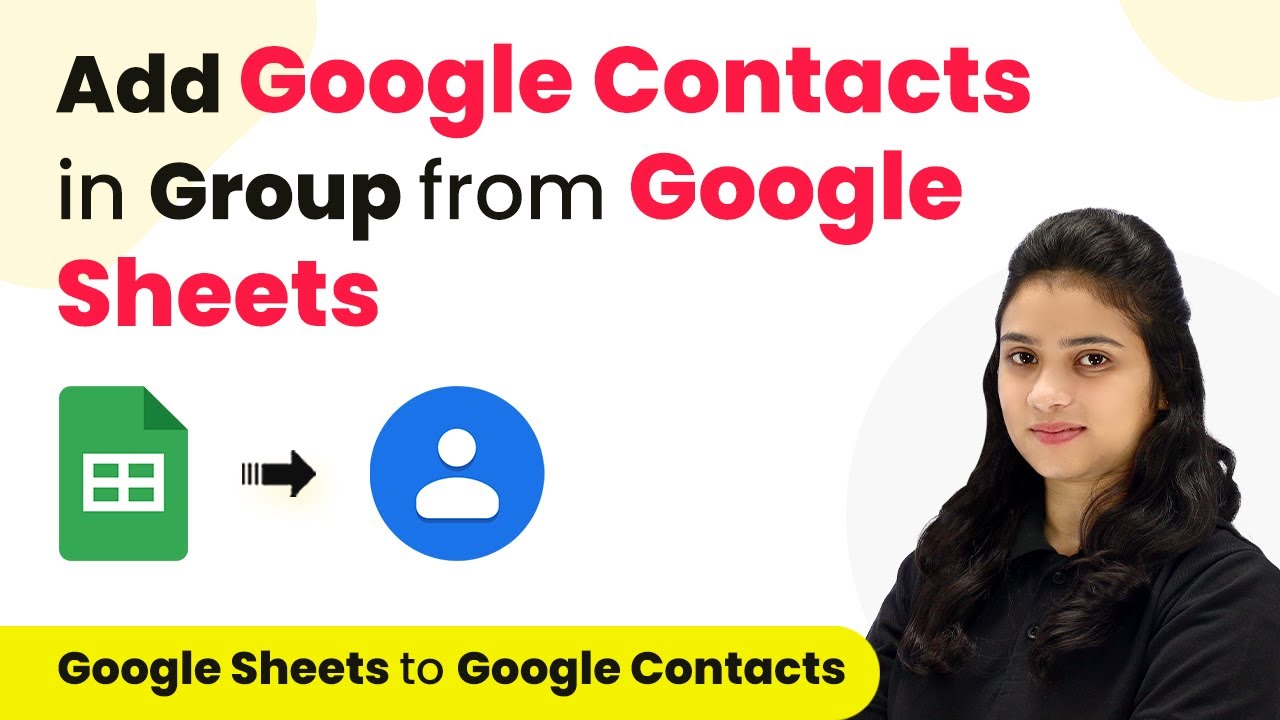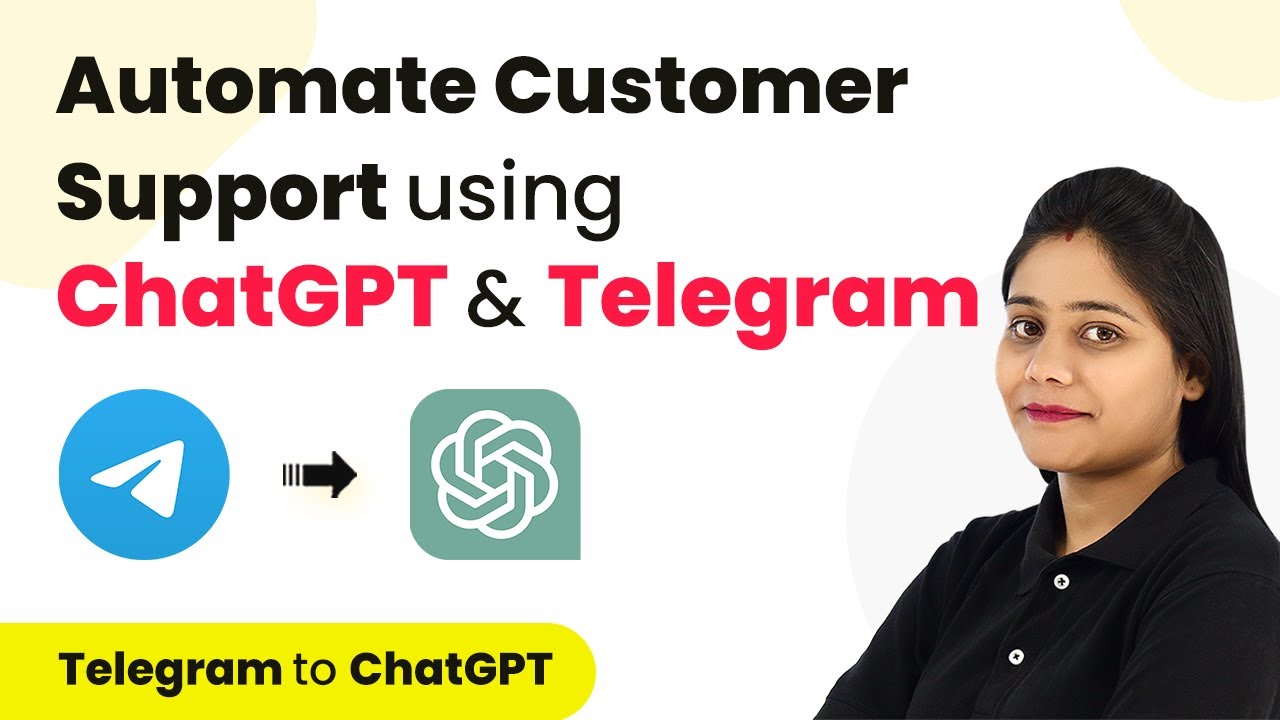Learn how to automate WhatsApp messages for Facebook leads in your shoes business using Pabbly Connect. Step-by-step tutorial included. Discover how to seamlessly connect your essential tools through accessible instructions that make powerful automation available to professionals at every skill level.
Watch Step By Step Video Tutorial Below
Accessing Pabbly Connect for Automation
To start automating WhatsApp messages for your shoes business, first, access Pabbly Connect by visiting its homepage. You can reach it by typing Pabbly.com/connect in your browser. This powerful integration platform allows you to connect different applications seamlessly.
Once on the homepage, you will see options to either sign in or sign up for free. If you are a new user, click on the ‘Sign Up for Free’ button to create an account. New users receive 100 free tasks every month to explore the features of Pabbly Connect.
Creating a Workflow in Pabbly Connect
After signing in to Pabbly Connect, navigate to the dashboard where you can manage your workflows. Click on the ‘Create Workflow’ button located at the top right corner. A dialog box will appear, prompting you to name your workflow. For this automation, name it ‘Send Automated WhatsApp Message to Facebook Leads for Your Shoes Business’.
Next, select the folder where you want to save your workflow, such as the ‘Test Integrations’ folder. Once named and saved, you will see two windows open for trigger and action. The trigger initiates the workflow, while the action is the response to that trigger. In this case, the trigger will be Facebook Lead Ads, and the action will be Wati to send WhatsApp messages.
Setting Up Facebook Lead Ads as Trigger
To set up the trigger in Pabbly Connect, select Facebook Lead Ads from the list of applications. Choose the trigger event as ‘New Lead Instant’ to ensure that the workflow starts upon the generation of a new lead. Click on ‘Connect’ and then select ‘Add New Connection’ to link your Facebook account.
- Select your Facebook page associated with your shoes business.
- Choose the lead gen form you created for Facebook ads.
- Click on ‘Save and Send Test Request’ to capture the lead response.
Upon successful connection, Pabbly Connect will display the response captured from the Facebook Lead Ads. This confirms that your integration is working correctly, and you can proceed to the next step of sending WhatsApp messages.
Sending WhatsApp Messages Using Wati
The next step is to configure Wati as the action application in Pabbly Connect. Select Wati and choose the action event as ‘Send Template Message’. Click on ‘Connect’ and add a new connection to your Wati account by entering the API endpoint and access token from your Wati dashboard.
After establishing the connection, you need to map the WhatsApp number field to the lead’s contact number captured in the previous step. This ensures that every new lead receives a personalized WhatsApp message. Also, select the template you created for your shoes business, ensuring it is approved and ready for use.
- Enter the broadcast title from your template.
- Map any variables used in your template for personalization.
- Click ‘Save and Send Test Request’ to send a test message.
Once you receive a response confirming the message was sent successfully, you can verify it on WhatsApp. This means your integration between Facebook Lead Ads and Wati via Pabbly Connect is fully functional.
Conclusion
In this tutorial, we demonstrated how to automate WhatsApp messages for Facebook leads in your shoes business using Pabbly Connect. By following the steps outlined, you can efficiently connect your applications and enhance your marketing efforts.
Ensure you check out Pabbly Connect to create business automation workflows and reduce manual tasks. Pabbly Connect currently offer integration with 2,000+ applications.
- Check out Pabbly Connect – Automate your business workflows effortlessly!
- Sign Up Free – Start your journey with ease!
- 10,000+ Video Tutorials – Learn step by step!
- Join Pabbly Facebook Group – Connect with 21,000+ like minded people!
